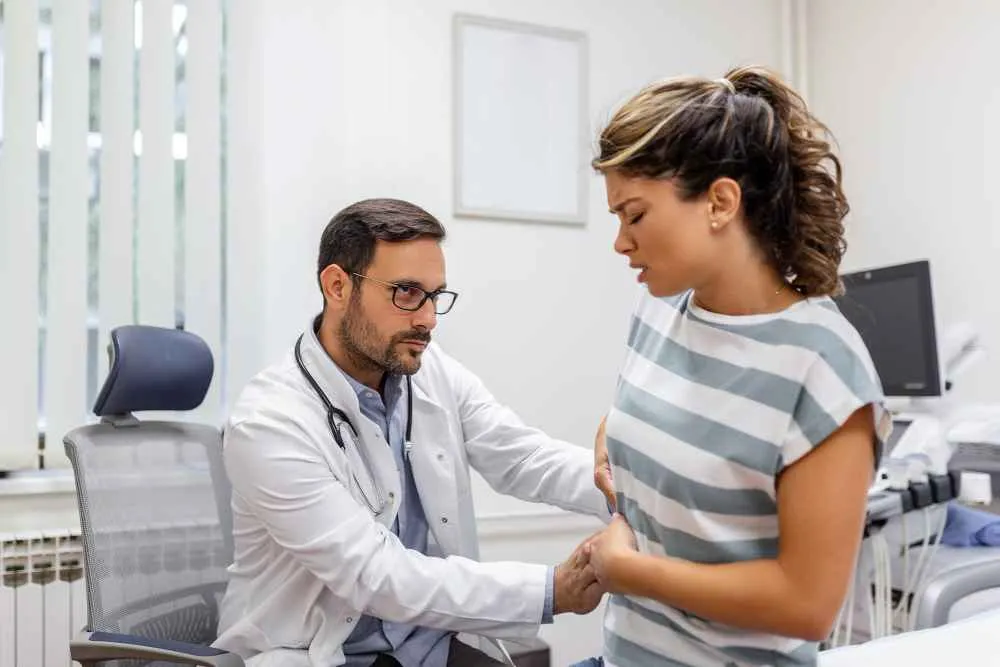Urological problems are something that no one wants to deal with, but unfortunately, they are a reality for many people. In this blog post, we will discuss the 7 most common urological problems and how to treat them. We hope that this information will help you take care of your health and feel better!
Common Urological Problems and How to Treat Them.
We all know how important the urinary system is to our overall health, but sometimes we don't give it the attention it deserves. That's why we wanted to take some time today to focus on urological problems - what they are, what causes them, and how you can treat them according to Urologist Malvern. Here are the most common urological problems:1. Urinary Tract Infection (UTI):
A UTI occurs when there is an infection in any part of your urinary system, including your kidneys, ureters, bladder, or urethra. Symptoms include a strong urge to urinate, pain or burning during urination, cloudy or bloody urine, and pelvic pain. If you think you have a UTI, it's important to see a doctor right away because they can quickly become serious.2. Kidney Stones:
Kidney stones are small, hard deposits that form in your kidneys. They are usually made of calcium, but they can also be made of other minerals or substances. Symptoms include severe pain in your back or side, nausea and vomiting, blood in your urine, and fever and chills. If you think you have kidney stones, it's important to see a doctor so they can confirm the diagnosis and determine the best course of treatment.3. Prostate problems:
The prostate is a small gland that sits just below the bladder and helps produce semen. Prostate problems are common in men over the age of 50 and can include an enlarged prostate (BPH) and prostate cancer. Symptoms of an enlarged prostate include difficulty urinating, a weak or interrupted urinary stream, and a feeling that you can't completely empty your bladder. If you have any symptoms of prostate problems, it's important to see a doctor so they can rule out anything serious.4. Erectile Dysfunction (ED):
ED is the inability to get or maintain an erection firm enough for sexual intercourse. It's common in men over the age of 40, and there are many potential causes, including stress, anxiety, diabetes, heart disease, and low testosterone levels. If you think you might have ED, it's important to see a doctor so they can determine the cause and recommend treatment.5. Urinary Incontinence:
Urinary incontinence is the involuntary leakage of urine. It's common in both men and women and can be caused by things like pregnancy, childbirth, obesity, weak muscles, nerve damage, and certain medications. If you're dealing with urinary incontinence, there are a number of treatment options available, so it's important to talk to your doctor to find the best one for you.6. Overactive Bladder (OAB):
OAB is a condition that causes the bladder muscles to contract too often, which can lead to leakage and the strong urge to urinate even when the bladder isn't full. It's common in both men and women and can be caused by things like obesity, pregnancy, nerve damage, and certain medications. If you're dealing with OAB, there are a number of treatment options available, so it's important to talk to your doctor to find the best one for you.7. Pelvic Organ Prolapse:
It happens when the organs in the pelvis (uterus, bladder, or rectum) drop down from their normal position and press on the vaginal walls. It's common in women who have had children, but it can also be caused by things like obesity and menopause. Symptoms include a sense of tension or fullness in the pelvis, urinary problems, and bowel problems. If you think you might have pelvic organ prolapse, it's important to see a doctor so they can determine the best course of treatment.
Reviewed by







